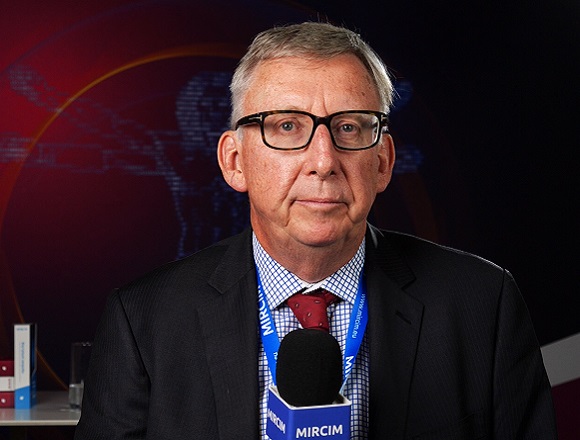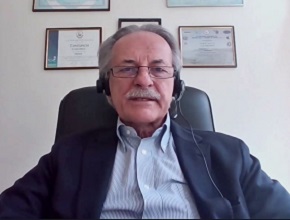John Kolbe, MD, PhD, is a respiratory physician at Auckland City Hospital and professor of medicine and head of the Department of Medicine at the University of Auckland, New Zealand.
Is there a place for long-acting bronchodilators (LABAs) and inhaled steroids in the treatment of bronchiectasis?
Yes, you would think so. The evidence is very limited. In bronchiectasis, the pattern of abnormality is barometric volume suggests airflow obstruction. And therefore, you might think that there was a role for beta2-agonists. There is very, very little evidence for that. And what evidence there is suggests that there are very few patients with bronchiectasis who have a significant acute bronchodilator response. Of course, the bronchodilators may act by reducing gas trapping, but usually that’s not a major issue in idiopathic bronchiectasis compared with cystic fibrosis.
There is one good quality study performed by colleagues of mine in Auckland, which looks at the role of long-acting antimuscarinic agents (LAMAs), and the results of that study show that there was a very small but probably clinically insignificant improvement in forced expiratory volume in 1 second (FEV1), but unfortunately no change in the frequency of exacerbations.
And then, finally, there are inhaled corticosteroids. There are only a few small trials, none of which show benefit, and therefore it’s not recommended that they be used. If we extrapolate the data from chronic obstructive pulmonary disease (COPD), the use of inhaled steroids may in fact have a downside. It may increase the risk of lower respiratory tract infections and it may increase the risk of infection with nontuberculous mycobacteria.
 English
English
 Español
Español
 українська
українська







